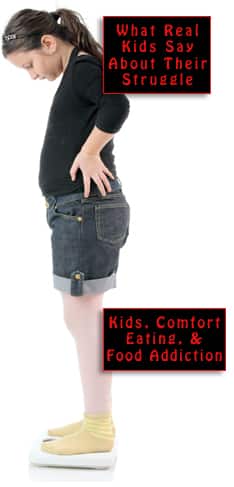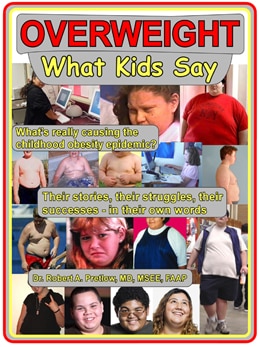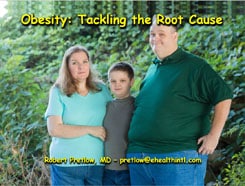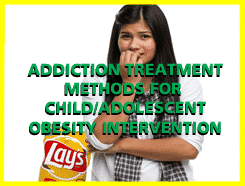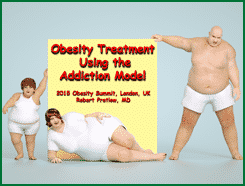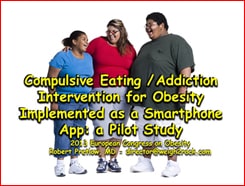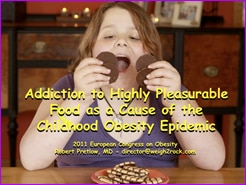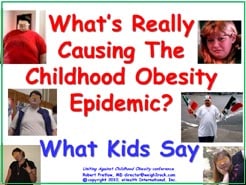Guidelines, Quibbles and Quirks — Part 6

In the debates over the January news from the American Academy of Pediatrics, some serious points of contention exist. It is not enough that certain physical benchmarks be checked off the list to make major surgery permissible. Certain other factors need to be in place also, like the patient’s fully informed consent.
As things stand, a child who is bleeding out or drowning may be saved by anyone who is prepared to do it — even if neither parent is on the scene to sign a consent form. And certainly, the imperiled child is not offered a document and a pen. Water aspiration and rapid exsanguination are examples of life-threatening situations, where the response must be swift and decisive, so legal niceties can be put aside.
How is this different?
The argument is made that morbid obesity is also a life-threatening condition, only on a longer timescale. But does that make it acceptable for adults, even parents or legal guardians, to step in and authorize the almost-total removal of an irreplaceable major organ?
If a child is born with an orofacial cleft, parental permission is enough to proceed with reconstruction, and no one has a problem with that. Irreversible surgery on a minor child happens every day in the case of routine neonatal circumcision, for which there is much less justification than for what used to be called a harelip. However, surgery without the patient’s fully informed consent does raise some ethical questions.
Currently, law enforcement officers may capture and confine a person who intends and prepares to take their own life. Some individuals fear a nightmare scenario where the authorities could just take anyone into custody and remove most of their stomach for that person’s own good. Even among advocates of bariatric surgery for the young, many of those who theoretically approve would like to see more forethought exercised on a case-by-case basis.
How far is too far?
We mentioned Medical Students for Size Inclusivity, whose spokesperson Jessica Mui also wrote of the absurdity of expecting adolescents to “risk their lives and well-being in an attempt to make their bodies smaller”:
Weight loss surgeries take healthy, functioning organs and put them into a permanent disease state by reducing digestive hormone production, absorption of nutrients, and result in frequent complications. If we recommend these life-altering surgeries that come with a constellation of health risks for vulnerable youth as young as 13, we as medical providers are acting in direct opposition to our duty to “do no harm.”
(To be continued…)
Your responses and feedback are welcome!
Source: “Size-inclusive medicine: a response to AAP’s guidelines for the treatment of children and adolescents with obesity,” KevinMD.com, 03/01/23
Image by Photo by Jason Rosewell on Unsplash










 FAQs and Media Requests:
FAQs and Media Requests: 